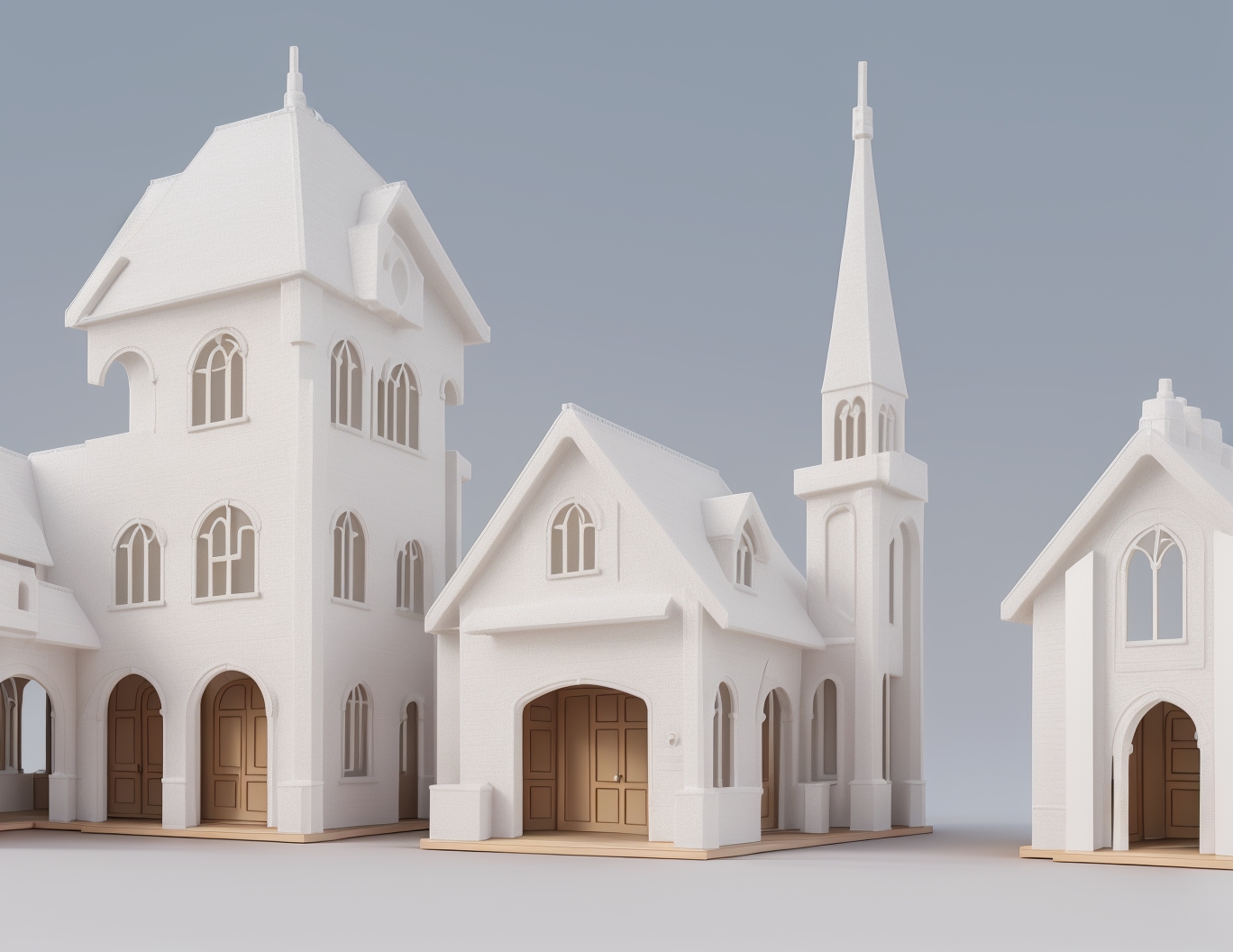From Concept Models to Building Components
3D Printing in Architecture: From Concept Models to Building Components
3D printing is transforming the architecture industry, enabling architects to rapidly produce concept models, intricate prototypes, and even large-scale building components. This revolutionary technology is enhancing design precision, reducing construction times, and allowing for previously impossible geometries.
1. Concept Models: Visualizing Designs with Precision
Creating physical models has always been a part of architectural design, but 3D printing in architecture has taken this to new levels by offering faster, highly detailed models at a fraction of the time and cost.
Enhanced detail: Unlike traditional model-making, 3D printing allows for intricate detail and realism in every layer, giving clients and architects an accurate representation of the final structure.
Rapid iterations: Architects can quickly print and refine design variations, making it easier to explore creative ideas without being limited by time or resources.
Improved client presentations: Tangible models provide a better understanding of the spatial relationships within a building, improving client engagement and understanding.
2. Prototyping and Testing Structural Elements
Beyond concept models, 3D printing enables architects to test structural components and details, which are essential for determining stability, aesthetics, and material feasibility.
Functional prototypes: Architects can create scaled-down versions of load-bearing components to analyze how they will perform, enhancing safety and reliability before full-scale implementation.
Material testing: Testing various materials, such as concrete composites or bioplastics, allows architects to experiment with eco-friendly and sustainable alternatives for future projects.
Geometric freedom: Complex shapes and curves that were difficult or impossible to produce traditionally are now achievable through 3D printing, enabling unique and innovative designs.
3. Full-Scale Building Components: Faster and More Sustainable Construction
Recently, 3D printed building components have gained traction for constructing walls, columns, and facades. With the ability to directly print these elements, the construction process becomes more streamlined.
Reduced construction time: By 3D printing building components off-site and assembling them on-site, project timelines can be significantly shortened.
Cost-effective solutions: 3D printing lowers labor costs, minimizes waste, and reduces reliance on expensive traditional methods, making construction more affordable.
Sustainability: 3D printing technology allows for material efficiency, reducing waste generated during traditional construction, which is essential for sustainable development practices.
4. Impact on the Future of Architectural Design
As 3D printing technology continues to evolve, its integration into architecture will drive further innovations in construction and urban planning.
Personalized housing solutions: Custom 3D printed homes tailored to clients’ needs, like size and layout, are becoming viable, especially in regions where housing is limited.
Emergency and temporary shelters: 3D printed structures can be quickly erected in disaster-prone areas, providing immediate, cost-effective housing solutions.
Smart city integration: With the ability to produce infrastructure components such as street furniture, utility enclosures, and urban art, 3D printing can enhance urban environments while meeting sustainability goals.
Conclusion
3D printing in architecture offers architects and builders unparalleled tools for design, prototyping, and even full-scale construction, shifting the boundaries of what’s possible in building design. By embracing 3D printed building components, the industry is moving toward more innovative, efficient, and sustainable construction methods. This technology not only advances the quality of design but also makes ambitious architectural concepts a reality.
Architectural 3D models and 3D printing in construction are here to stay, paving the way for an exciting, sustainable future in architecture.



